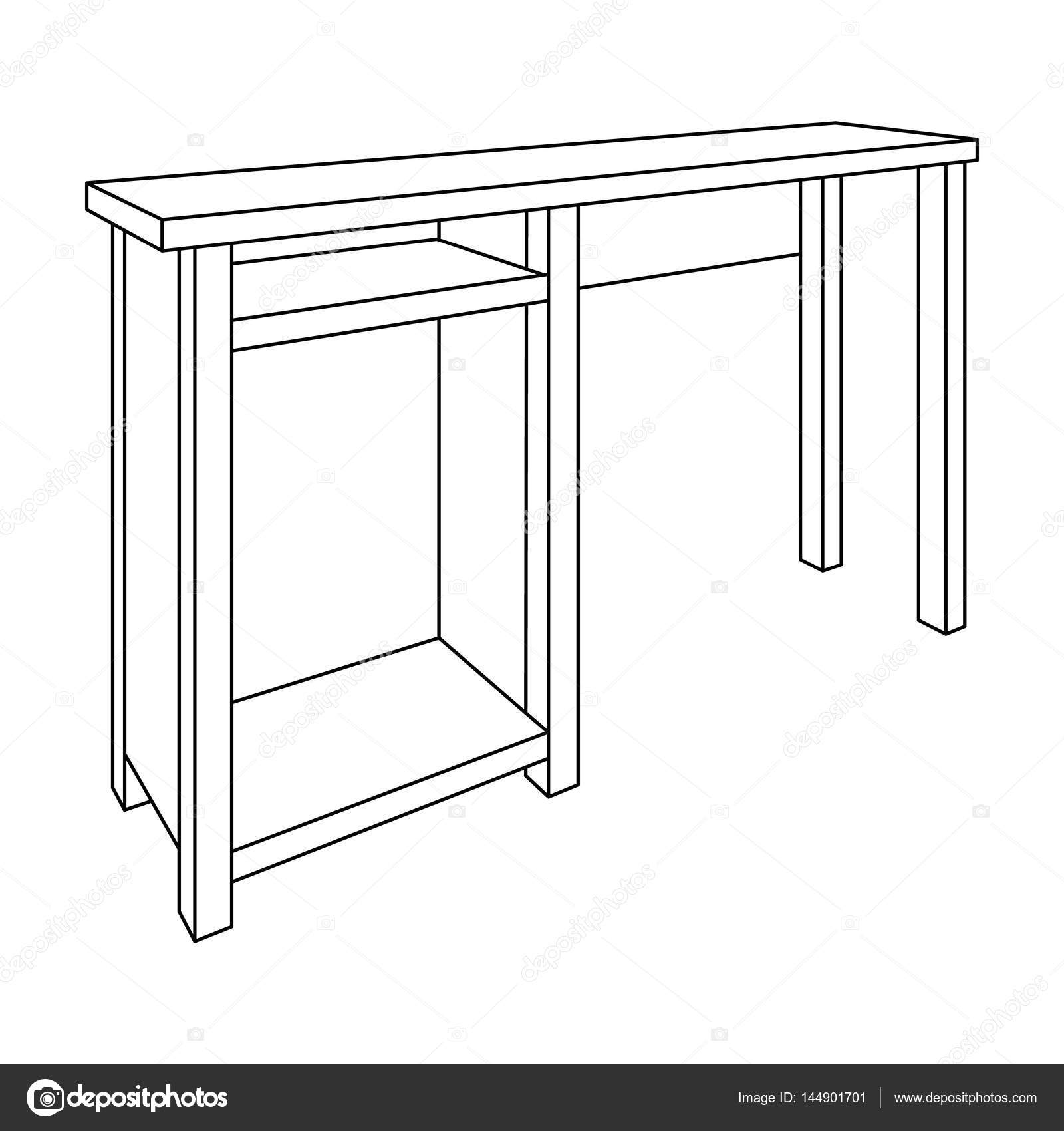Look Into The Fascinating Odyssey Of Reconditioning Historical Cupboards, Uncovering Surprise Narratives And Translating The Enigmas Of Previous Generations
Look Into The Fascinating Odyssey Of Reconditioning Historical Cupboards, Uncovering Surprise Narratives And Translating The Enigmas Of Previous Generations
Blog Article
Composed By-Stanley Cantu
To start the trip of recovering antique cupboards, you require a keen eye for detail. Imagine uncovering surprise tricks within each layer of background ingrained in the timber. Picture the fulfillment of restoring a once-forgotten item to its previous glory. Every action of this precise process holds the essential to protecting the past while creating a future heirloom. So, are you all set to embark on this transformative undertaking and unlock the potential of your antique cupboards?
Assessing the Closet's Problem
When starting the restoration process, start by evaluating the condition of the antique closet. Carefully take a look at the total structure for any kind of indicators of damage such as cracks, chips, or loosened joints. Check the timber for any rot, warping, or insect invasion that might have occurred in time. It's important to figure out the level of the repair needed before proceeding even more.
Next, evaluate the cupboard's hardware such as joints, handles, and locks. Make note of any type of missing out on pieces or parts that need repair or replacement. Make sure that all equipment is functioning appropriately and firmly affixed to the cabinet.
Furthermore, evaluate the closet's surface. Seek any scrapes, discolorations, or discoloration that might impact the aesthetic charm. Establish if the finish requires to be removed and reapplied or if an easy touch-up will be enough.
Gathering the Necessary Devices and Products
After examining the problem of the antique closet, the next action is to gather the needed devices and products for the restoration procedure. Before you start, ensure you have the following things accessible:
- timber cleaner
- sandpaper in different grits
- timber filler
- paint or timber stain
- brushes
- gloves
- safety goggles
- a dust mask
- a ground cloth
- a putty knife
- a hammer
- a screwdriver
- a hoover
These devices and materials are vital for an effective restoration.
Wood cleaner is essential for eliminating years of dust and gunk build-up, preparing the surface for sanding. Sandpaper of various grits helps in smoothing out imperfections and preparing the timber for a new surface. Wood filler comes in handy for fixing any kind of cracks, openings, or damages present in the cabinet.
Paint or wood stain, along with brushes, allow you to customize the cupboard to your choice. Keep in mind to wear gloves, security goggles, and a dust mask for defense. Put down a drop cloth to shield your workspace, and make use of a vacuum cleaner to tidy up any type of debris.
With cabinet installation tips and materials gathered, you prepare to begin the reconstruction procedure.
Carrying Out the Repair Refine
To effectively implement the reconstruction procedure on your antique cabinet, start by completely cleaning up the surface with the wood cleaner. This action is essential as it assists remove years of dirt, gunk, and old polish that may have gathered on the surface.
When the cabinet is clean and completely dry, examine the condition of the wood. Try to find any type of cracks, scratches, or various other damages that need to be resolved. Usage wood filler to fix any kind of imperfections, ensuring to match the filler shade to the timber tone for a seamless surface.
After the fixings have actually dried, carefully sand the whole surface area to develop a smooth and even base for the new finish. Take care not to sand https://kylervclud.blazingblog.com/29372497/launch-your-expedition-of-cabinet-design-and-styles-to-unveil-the-possibility-for-transforming-your-area-with-an-excellent-mix-of-beauty-and-performance , as you do not wish to damage the timber below.
As soon as the sanding is total, use a timber tarnish or complete of your choice, following the manufacturer's instructions. Allow the coating to completely dry totally before using a safety leading coat to make sure the longevity of your restored antique closet.
Final thought
Now that you have actually finished the repair process, your antique cabinet looks comparable to new.
By following the detailed guide, you had the ability to examine, repair, and boost its condition with ease.
With a fresh coating and safety top layer, your cherished piece will certainly remain to beam for many years ahead.
Appreciate the appeal of your recovered antique cupboard!
